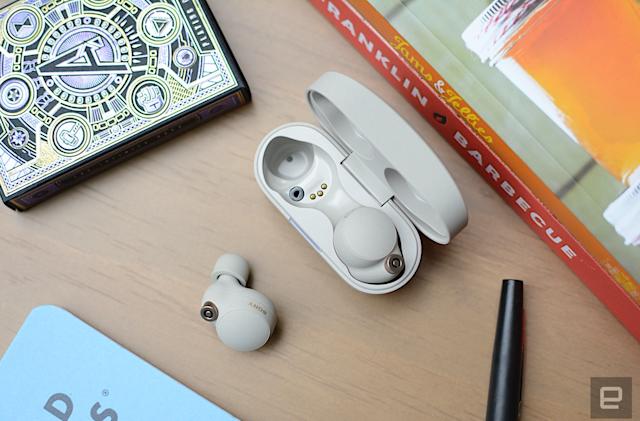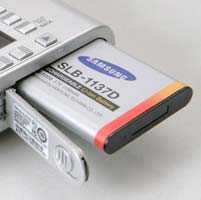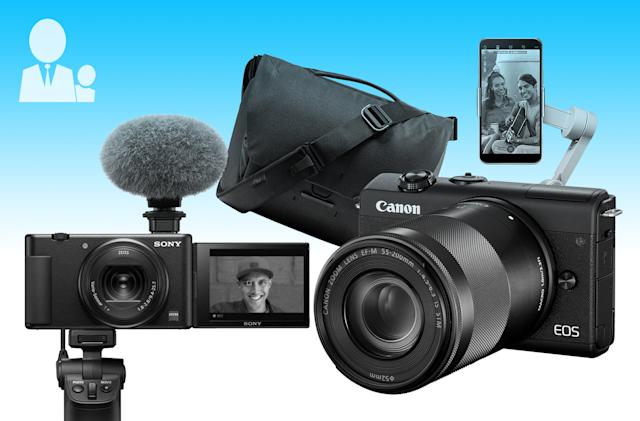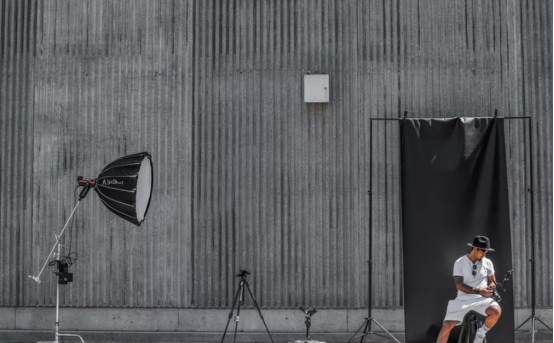How to Make Your Smartwatch Count Steps More Accurately?
Step counting seems simple, but your smartwatch can easily overcount or miss steps due to sensor limitations and real-world variables. Most devices use accelerometers to detect motion, interpreting wrist movements as steps—but not all movements are steps, and not all steps are detected. Arm swings while sitting, uneven surfaces, or even holding onto a shopping cart can confuse the algorithm. Even slight misplacement on your wrist or incorrect calibration skews results. The good news? Small adjustments in how you wear and configure your device can dramatically improve accuracy. In this article, we’ll explore practical tips to fine-tune your smartwatch for reliable step counts.
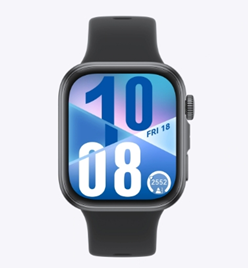
Wear It Right: Placement & Fit
Best Wrist Position for Accurate Tracking
Where you place your smartwatch matters more than you might think. For optimal step detection, wear it on the top of your wrist, just above the bony part (ulna). This position ensures the accelerometer captures natural arm swings during walking or running. If the watch sits too low or slides toward your hand, it may miss steps or register false ones from minor wrist flexes. Avoid wearing it too tightly—restricted blood flow isn’t just uncomfortable; it can also dampen sensor sensitivity. Conversely, a loose fit lets the watch shift excessively, leading to inconsistent readings. Check periodically that the device hasn’t slid down during exercise. For workouts, a snug (but not tight) fit helps maintain contact with your skin, improving motion detection.
Tight vs. Loose: How Band Fit Affects Counts
A well-fitted band strikes a balance between security and flexibility. If the band is too tight, it may press the sensors too firmly against your skin, potentially interfering with motion detection. On the other hand, a loose band allows the watch to move independently of your wrist, causing extra "steps" from random jostling. A quick test: slide a finger between the band and your wrist. If it feels constricting or leaves a mark, loosen it slightly. If the watch rotates easily, tighten it by one notch. Remember, your wrist size can change slightly throughout the day due to temperature or activity, so adjust as needed.
Left vs. Right Wrist: Does It Matter?
Most smartwatches are designed to work equally well on either wrist, but your dominant hand might introduce slight inaccuracies. If you’re right-handed, your left wrist generally moves more naturally during walking, making it the preferred choice for consistent tracking. However, if you frequently use your dominant hand for tasks like carrying bags or pushing a stroller, switching wrists could reduce false steps. Experiment by wearing the watch on different wrists for a few days and compare step counts with a known distance (e.g., a measured mile). Some devices allow you to specify which wrist you’re wearing it on in the settings—enable this for better calibration.
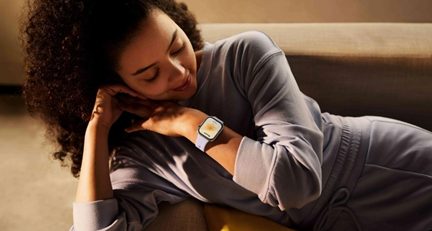
Calibration & Settings Tweaks
How to Manually Calibrate Your Step Counter
Calibration ensures your smartwatch aligns with your actual stride. Start by walking a known distance (e.g., 100 steps or a quarter-mile track) while counting steps manually. Then, compare your manual count with the watch’s recorded steps. If there’s a discrepancy, check your device’s settings for a calibration option—many allow you to input the correct step count or distance to refine tracking. For best results, calibrate on different terrains (treadmill, pavement, trails) since stride length can vary. Recalibrate every few months or if you notice persistent inaccuracies.
Stride Length Settings & Why They Matter
Stride length—the distance between one footfall and the next—directly impacts step count accuracy. Taller users naturally take longer strides, meaning fewer steps for the same distance. If your smartwatch allows manual stride input, measure yours by marking a start and finish line, taking 10 normal steps, and dividing the total distance by 10. Without this setting, the device estimates stride based on height, which isn’t always precise. Adjusting it manually eliminates guesswork, especially if you have an atypical gait.
Activity-Specific Tracking Tips
Walking vs. Running: Adjustments Needed?
Running typically involves more vigorous arm swings, which smartwatches detect easily. However, casual walking—especially with hands in pockets—may undercount steps. If your device has a dedicated "walk" or "run" mode, use them for better accuracy. For mixed activities, consider a fitness tracker with automatic activity recognition.
Why Arm Movements (Like Pushing a Stroller) Throw Off Counts
Tasks that restrict arm motion (pushing a cart, carrying groceries) often lead to undercounting since the watch misses natural swings. Conversely, repetitive motions (like typing or folding laundry) can register as false steps. For activities where your arms are stationary, consider placing the watch in a pocket or using a clip-on tracker.
Environmental & Usage Factors
If you carry a phone with its own step counter, syncing both devices may cause double-counting. Check your app settings to prioritize one data source (usually the watch for wrist-based accuracy). Strong vibrations from machinery, bumpy roads, or even typing can trick the sensor too. Some watches offer a "sleep mode" or sensitivity adjustment—enable these during sedentary tasks. Also, extreme cold can slow sensor response, while low battery may reduce processing power, affecting accuracy. Keep your watch charged and avoid exposing it to harsh conditions for long periods.
Conclusion
Accurate step tracking comes down to proper wear, smart calibration, and adjusting for daily habits—wear your smartwatch snugly above the wrist bone, manually calibrate stride length, and switch wrists if dominant-hand movements interfere. Use activity modes for workouts, avoid wearing during high-vibration tasks, and keep firmware updated for optimal sensor performance. If you're looking for a reliable upgrade, Huawei stands out in health-focused wearables—the Huawei Fit 4 combines precise tracking with an impressive 10-day battery life, making it a great companion for staying active. With these tweaks, your smartwatch can deliver step counts you can truly trust.



